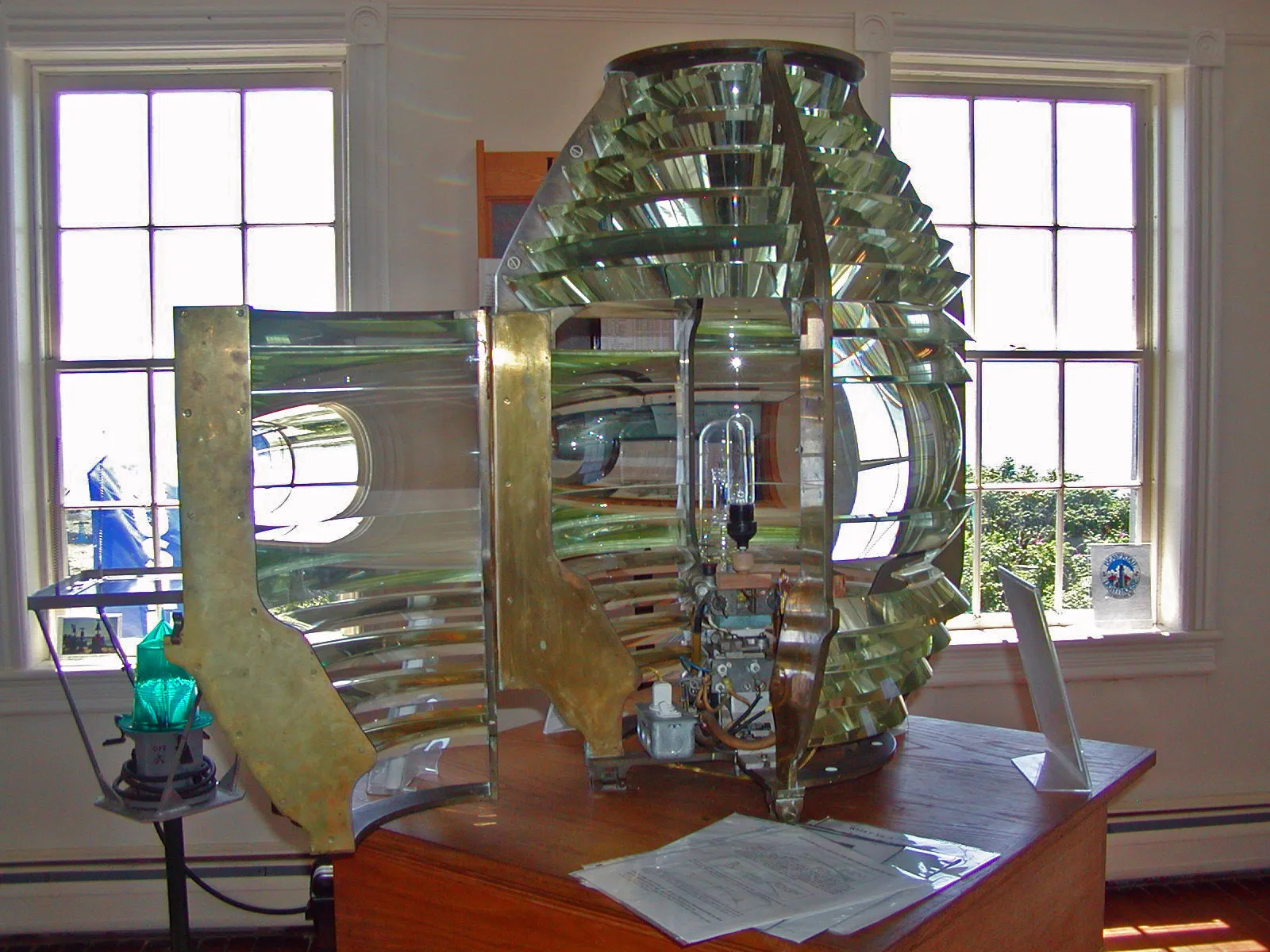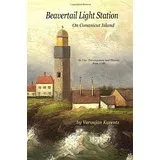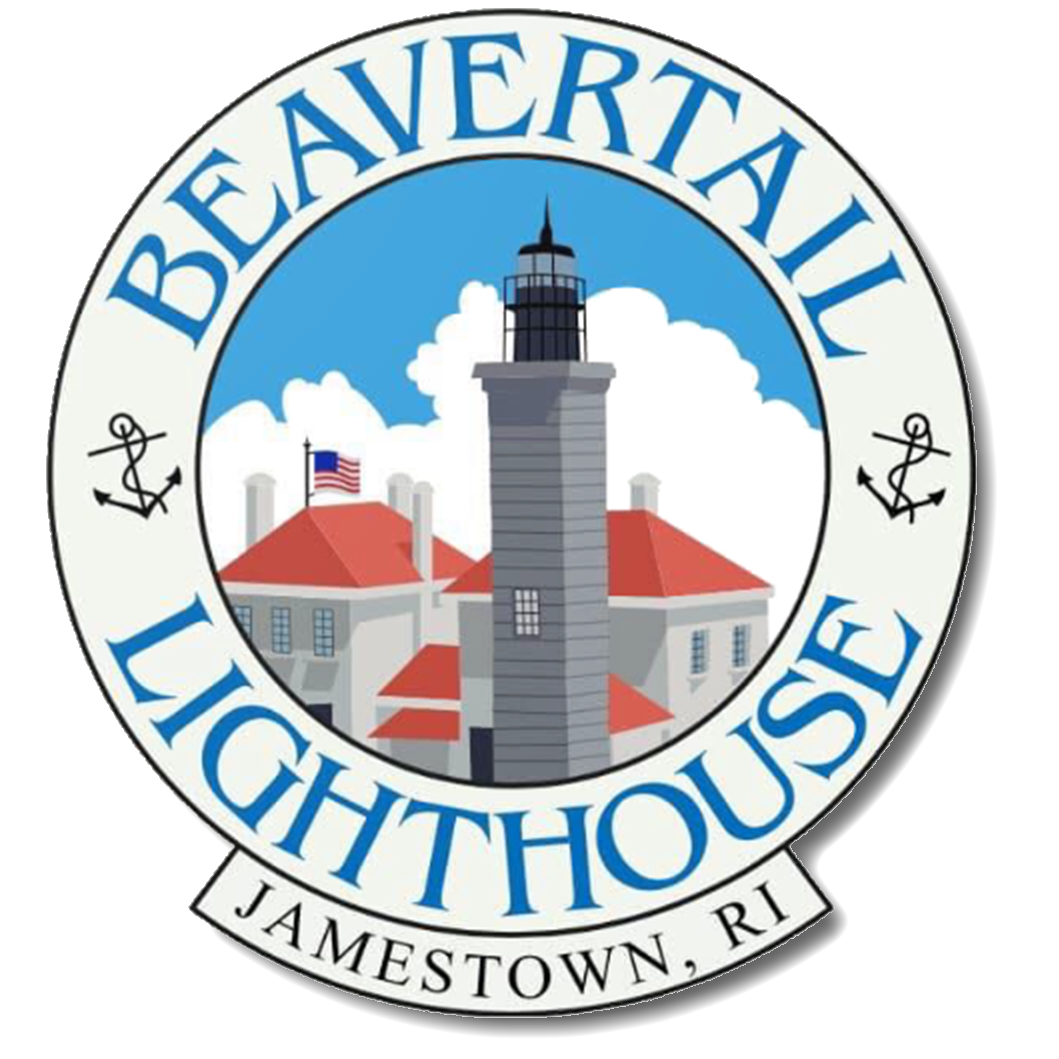The Fresnel Lens
In early times, people built bonfires or set blazing torches along the shoreline to alert sailors to approaching dangers and their location. With the advent of lighthouses, ground-level warnings were replaced by beacons, illuminated with whale oil or lard. The Keeper not only made sure that the lamp was lit, but the smoke residue required continuously cleaning of the lenses so that the flame could be seen far out to sea. In 1748, Georges de Buffon began to re-design the expensive, cumbersome lens; in 1822, a French Physicist named Augustin Fresnel invented a less- expensive, lightweight lens. An open flame or a flame with reflectors behind it lost up to 83% of its light. His invention dramatically retained all but 17% of its light. Frensel lenses became the # 1 system along the seacoasts of Europe and America.
Seven types, or “orders” of the Frensel lens were created; each shaped like a beehive with a light in the center. The curved, concentrate rings of glass prisms were designed to ” bend ” the light into a very narrow beam which could easily cast its light 20 or more miles to the horizon.
Three “large” orders were developed for use along seacoasts around the world. A three-and-a-half order was used mostly in the Great Lakes. The smaller orders were used for harbors or bay lights.
The original 3rd Order Fresnel lens imported from France in 1856 was replaced with a smaller, 4th Order lens in 1907 followed by a variety of light characteristics including flashing green and combinations of white flashes with occulting rates. Both fixed and rotating lights mechanically rotated by clock mechanisms were used until 1991 when a more modern aero type rotating beacon was installed. The present beacon rotates once every 9 seconds.
The last 4th order fixed “beehive” Fresnel lens is prominently on display in the museum and serves as a constant reminder that it honorably served “the men who go down to the sea in ships”.

Further Research
From the Giftshop
Beavertail Light Station
A book by BLMA Board Member Varoujan Karentz

250 years of history about America’s 3rd oldest lighthouse, beginning before the Revolutionary War, about the people, its development, and those that used this navigation aid at the entrance of Narragansett Bay. Technological innovation and federal bureaucratic conflict as four different organizations beginning in 1749 attempt to improve operations and reliability. Navigation hazards, shipwrecks, piloting, light improvements and fog signal experiments made Rhode Island’s Beavertail Light Station one of the most important landmarks in New England. The book follows the early slave trade and Colonists who insisted the lighthouse be built and describes the work ethics and reporting requirements of the generations of ‘Keepers’ who tended the light. Modern methods, electricity and improved operations are taken over by the US Coast Guard to automate the light station replacing whale oil and fossil fuel burners used by the US Lighthouse Board during the 1800’s.
